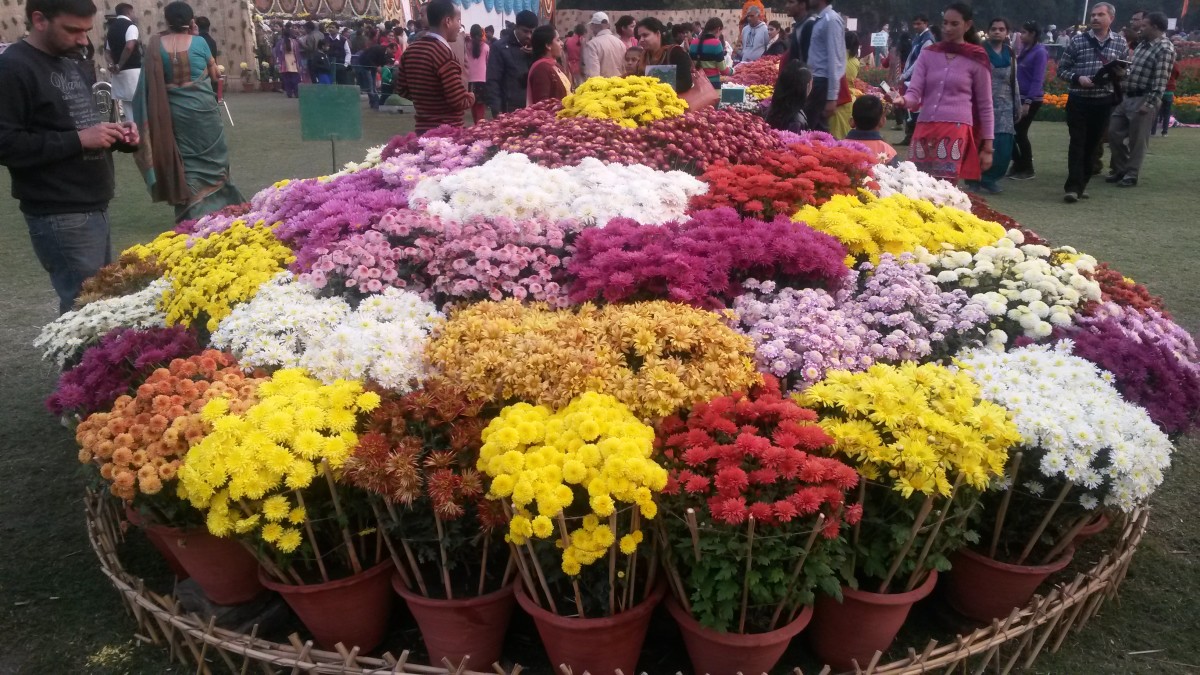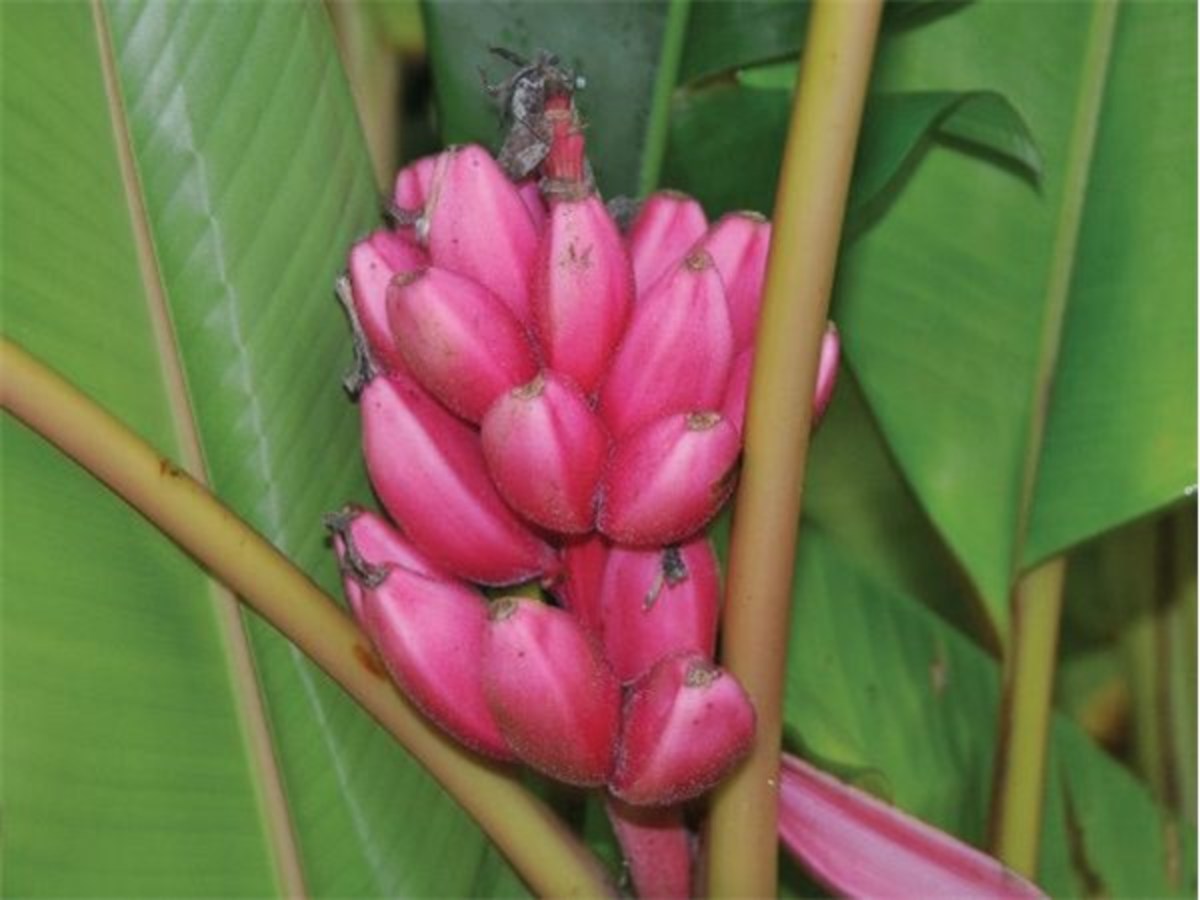Symptoms of Viral Diseases in Plants

Symptoms of Viral Diseases
Plant diseases caused by viruses are mostly systemic in nature. Although the entire plant harbours the virus particles, only a few organs exhibit the symptoms. Generally, leaves show the most characteristics of these symptoms. In some cases, shoots, floral organs or even roots show these symptoms. However the most striking effect is the general reduction in growth, vigor and cropping power of the plant.
Of the usual symptoms associated with these diseases, the most common is chlorosis or change in color of leaves and other green parts. Light green or yellow patches of various shade and shapes or sizes appear in most chlorotic leaves. In some these patches may form characteristic Mosaics. With certain others there may not be any mosaic of patches, rather a general chlorosis or Mottling type of symptom may be exhibited. Apart from these two type of chlorosis, Vein-clearing and Vein-banding are also common and usually precede mosaic and mottle formation. Vein-clearing involves onset of chlorosis of veins and vein lets leaving the rest of the leaf green. The situation is reversed with vein-banding. Sometimes vein malformations are simultaneously noted. Apart from chlorosis, other types of color changes are also deserved. For example, the bluish-green color of leaves associated with blue dwarf of oats.
Besides changes in color, the foliage may show various types of growth malformations, mainly as a consequence to differential growth rates at the different growing regions or surfaces. There may be curling of leaves, inwards or outwards, resette formation and various non-descript distortions. Enations or outgrowths may also appear on the leaves, often leading to reduction of leaf growth.
There may be growth distortions at other plant parts as well. For example, the shoot portion of the plant may show swelling or occasional tumorous growths may develop. The stem may show retarded growth or Stunting. Twisted or knotty growth of many virus infected cucurbitaceous plants is a common feature. Tumors may also be formed in roots as in case of rumex or Sweet clover plants.
Often prolonged infection leads to complete destruction or necrosis of the infected spots. Infected parts such as leaves appear to be randomly perforated. Sometimes necrosis may occur in the vascular and cortical elements of infected leaves and stems. In a few cases terminal buds or the entire top may become necrotic. Phloem tissues become necrotic in some cases.
Of the other symptoms, there may be changes in color of petals or breaking, induction of sterility, insipidity of fruits, wilting of plants ……… Here are the symptoms associated with some well known viral diseases of plants.
GENERAL SYMPTOMS OF VIRAL DISEASES OF PLANTS.
Apple mosaic : Yellowish patches on the leaf which coalesce later leading
to necrosis.
Banana bunch top : Leaves become short and narrow get bunchied together at
the top of the plant.
Bhindi yellow vein mosaic : Vein clearing followed by chlorosis, fruits dwarf,
malformed.
Citrus quick decline : Lack of growth of new flushes, yellowing of leaves, Limbs
die back from tip downwards.
Papaya leaf curl : Leaves become curled and develop mosaic.
Potato leaf roll : Characteristic rolling of leaves which become leathery.
Pumpkin mosaic : Mosaics leading to mottling.
Rice Tungro : Leaves turn yellow from tip downwards, plants show
stunting bearing empty grains.
Tobacco mosaic : Chlorosis leading to mosaic, leaf curl and distontions;
mottling.
Tobacco leaf curl : Curling and distortion of leaves.
INTERNAL SYMPTOMS.
There are certain characteristics of virus infected plants which could be termed internal symptoms. For example, necrosis in phloem elements in diseases like potato leaf roll and sugar-beet curly top. However, the most prevalent of internal symptoms are the inclusion bodies, which have been often used as diagnostic features.
In general, two types of inclusion bodies have been recorded. These are (1) the crystalline and (2) the amorphous types. The latter are also known as the X bodies. Both the types may be present together in the cells of the same infected plant part. Again, they may be nuclear or cytoplasmic, present together or separately.
Crystals, whether cytoplasmic or intranuclear have reproducible regular features, sufficient for considering them of diagnostic importance as for example, the inclusion bodies associated with mosaic of tobacco, bean yellow mosaic and tomato bushy shunt.
X-bodies are not entirely made of virus particles. In certain cases, as in mosaic of tobacco, virus particles are observed to be adsorbed or the surface of a core portion. In some other cases, as in cells of Datura stramonium virus infected with tobacco etch virus, the X-bodies consist of a peripheral lipid zone and an internal matrix containing virus particles.
Apart from these two categories, there are various peculiar kinds of inclusion associated with virus infection. For example, unbranched tubules observed in cells of Cowpea infected with Cowpea mosaic virus.



